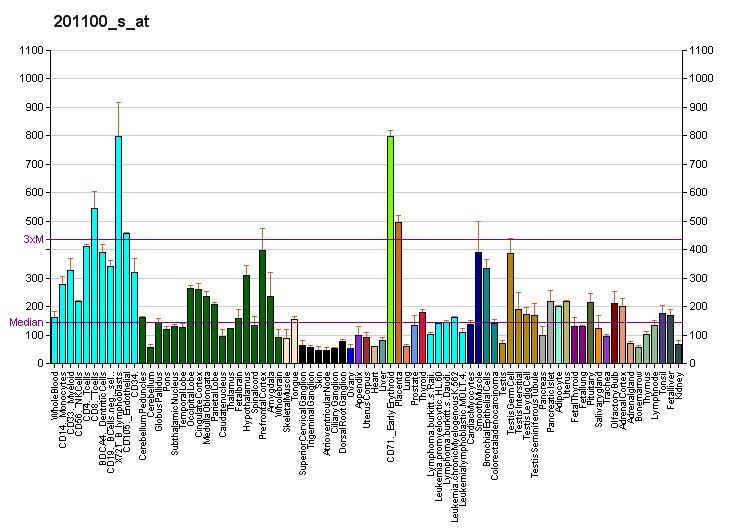Entrez 8239 | Ensembl ENSG00000124486 | |
 | ||
External IDs MGI: 894681 HomoloGene: 3418 GeneCards: USP9X | ||
Probable ubiquitin carboxyl-terminal hydrolase FAF-X is an enzyme that in humans is encoded by the USP9X gene.
Contents
Function
This gene is a member of the peptidase C19 family and encodes a protein that is similar to ubiquitin-specific proteases. Though this gene is located on the X chromosome, it escapes X-inactivation.
Depletion of USP9X from two-cell mouse embryos halts blastocyst development and results in slower blastomere cleavage rate, impaired cell adhesion and a loss of cell polarity. It has also been implicated that USP9X is likely to influence developmental processes through signaling pathways of Notch, Wnt, EGF, and mTOR. USP9X has been recognized in studies of mouse and human stem cells involving embryonic, neural and hematopoietic stem cells. High expression is retained in undifferentiated progenitor and stem cells and decreases as differentiation continues. USP9X is a protein-coding gene that has been implicated either directly through mutations or indirectly in a number of neurodevelopmental and neurodegenerative disorders. Three mutations have been connected with X-linked intellectual disability and disrupt neuronal growth and cell migration. Neurodegenerative disorders, such as Alzheimer’s, Parkinson’s and Huntington’s disease, have also been linked to USP9X. Specifically, USP9X has been implicated in the regulation of the phosphorylation and expression of the microtule-associated protein tau, which forms pathological aggregates in Alzheimer’s and other tauopathies. Scientists have generated a knockout model where they isolated hippocampal neurons from an USP9X-knockout male mouse, which showed a 43% reduction in axonal length and aborization compared to wildtype.
Interactions
USP9X has been shown to interact with:
